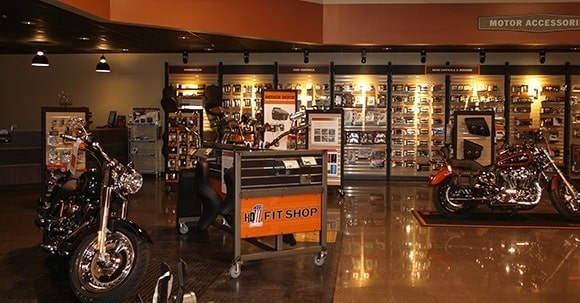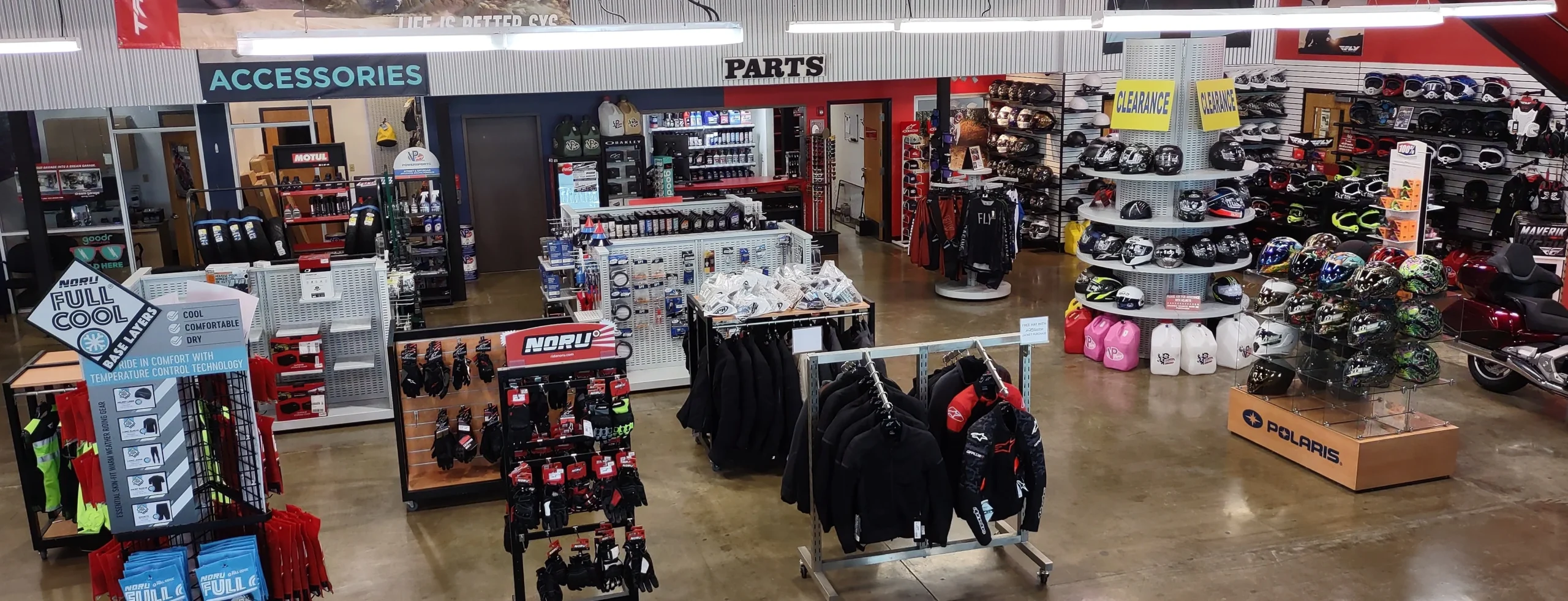Recognizing the Important Parts of a Motorbike: A Comprehensive Overview for Enthusiasts
For motorcycle lovers wanting to boost their riding experience and ensure their bikes run smoothly, comprehending the crucial parts of a motorcycle is extremely important. Each aspect, from the engine's intricate functions to the crucial function of the stopping mechanisms, not only affects performance but likewise safety and convenience. This overview will certainly walk through the fundamental parts that every rider should recognize with, allowing informed selections in both maintenance and possible upgrades. As we begin this expedition, one must ask: how does each component communicate to produce the smooth trip every fanatic looks for?
Engine Components

The camshaft plays a critical function in regulating the timing of the engine's shutoffs, ensuring the specific opening and closing essential for effective gas and air intake, as well as exhaust expulsion. This timing is critical to keeping optimum engine efficiency and effectiveness. In addition, the carburetor or gas injection system, depending on the motorbike model, is accountable for mixing air with gas in the proper proportion for combustion.
The cooling system, either air or liquid-based, works to preserve the engine's temperature level within operational limitations, preventing overheating and guaranteeing longevity - motorbike shop. Each component, thoroughly designed and integrated, adds to the seamless procedure of the engine, defining the motorbike's power output and general performance
Transmission System
Indispensable to the motorbike's functionality, the transmission system makes sure efficient power transfer from the engine to the wheels. This system comprises numerous essential elements, including the clutch, transmission, and final drive, each playing an important duty in translating the engine's power into motion. The clutch, generally run by a hand lever, offers to disengage the engine and involve from the transmission, enabling smooth gear changes and controlled velocity.
The transmission, commonly described as the transmission proper, consists of a collection of equipments that riders can by hand shift with to adjust the bike's rate and torque output. These equipments are set up in a series that allows the bike to increase efficiently and maintain ideal engine efficiency throughout various rates. The majority of motorcycles utilize a sequential gearbox, calling for the motorcyclist to move gears in a fixed order.
Braking Mechanisms
While comprehending the transmission system is vital to utilizing a motorcycle's power, similarly vital is the ability to manage and stop that power effectively, which is where stopping devices enter into play. Brakes are essential for safety and security and performance, offering the biker with the needed control to browse different terrains and problems. Typically, motorcycles feature two kinds of braking systems: disc brakes and drum brakes.
Disc brakes are extra prevalent in modern motorcycles due to their premium efficiency. This system offers much better warm dissipation, constant performance, and improved stopping power, specifically in wet conditions.
Conversely, drum brakes, though less usual, are still found in some motorbikes. They work by pressing brake shoes against the inner surface of a drum affixed to the wheel. While usually much less effective in heat dissipation and stopping power, drum brakes are simpler and much more economical.
Comprehending these braking systems' nuances allows riders to keep their bikes properly and value the engineering that makes certain effective and risk-free quiting.
Suspension and Guiding
Suspension and guiding systems are important elements that considerably affect a motorbike's handling and ride comfort. The suspension system, including forks at the front and shock absorbers at the back, takes in roadway abnormalities, improving stability and control. Front forks, commonly telescopic or upside down, compress and rebound to minimize impacts, while back shock absorbers maintain tire contact with the road, vital for grip and safety.
Steering, focused around the handlebars, attaches the cyclist to the bike's directional control. The guiding head bearings guarantee smooth operation, allowing accurate maneuverability. Correct placement and maintenance of these bearings are vital for foreseeable guiding action and lowering rider exhaustion.
The suspension's adjustability is one more vital facet; preload, damping, and rebound setups permit personalization to suit various riding conditions and styles. This flexibility is important website here for maximizing efficiency, whether navigating metropolitan roads or tackling sturdy trails. Developments like electronic suspension systems supply real-time changes, boosting trip high quality throughout varied surfaces.

Electrical Systems
After making sure a regulated and smooth ride with reliable suspension and guiding systems, interest transforms to the electric systems, an essential aspect of modern bikes. These systems play a vital duty not just in starting the engine yet additionally in powering different parts that improve the functionality and security of the motorcycle.
At the heart of a motorbike's electrical system is the battery, which stores electrical power essential for starting the engine and powering auxiliary systems - mx gear nz. The alternator or generator, combined with the rectifier-regulator, makes certain the battery remains charged while the bike functions, converting power into electric power and preserving voltage levels
The ignition system, one more essential element, is accountable for firing up the air-fuel blend in the engine's cylinders. Modern bikes typically use an electronic ignition system, using greater effectiveness and integrity compared to standard systems.
Lights systems, consisting of headlights, tail lights, and signs, are additionally important, ensuring visibility and safety and security for the biker. Additional electronic components such as sensing units, control systems, and presents add to advanced functions like gas injection monitoring, anti-lock stopping systems (ABS), and electronic control panels, further enhancing the riding experience.
Final Thought
An extensive comprehension of a motorbike's essential elements, including the engine, transmission system, braking mechanisms, suspension, steering, and electric systems, is vital for enthusiasts intending to enhance efficiency, safety, and convenience. Proficiency of these elements permits notified decisions concerning upkeep and upgrades, eventually enhancing the riding experience. By incorporating this expertise, bikers can guarantee their motorbikes run at peak performance and integrity, therefore taking full advantage of both satisfaction and durability of their lorries.
For motorbike lovers looking to raise their riding experience and ensure their bikes run smoothly, comprehending the vital parts of a motorbike is critical.Integral to the motorbike's capability, the transmission system guarantees efficient power transfer from the engine to the wheels.While understanding the transmission system is essential to using a motorcycle's power, similarly you could look here essential is the capability to manage and quit that power effectively, which is where stopping devices come right into sport bike helmet with bluetooth play. Commonly, motorbikes feature two kinds of stopping systems: disc brakes and drum brakes.
A detailed understanding of a motorcycle's necessary elements, including the engine, transmission system, stopping devices, suspension, steering, and electric systems, is vital for enthusiasts aiming to optimize efficiency, safety, and convenience.
Comments on “Leading MX Gear NZ: Prepare for Your Next Off-Road Adventure”